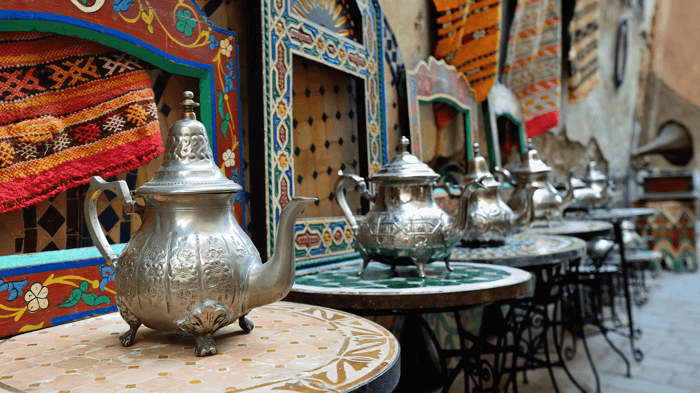Transatlantic: Spain & Morocco

LIVE IT UP
Welcome aboard the all-new Norwegian Viva, the next stunning ship in the brand-new Prima Class, designed for you to live life to the fullest.
Founded in 1966, Miami-based Norwegian Cruise Line (NCL), part of global cruise company Norwegian Cruise Line Holdings (which also owns Oceania Cruises and Regent Seven Seas Cruises), is the third-largest cruise line in the world in terms of cruise passengers. NCL has become well-known for its colourful ships featuring a pop-icon style painted hull.







LIVE IT UP
Welcome aboard the all-new Norwegian Viva, the next stunning ship in the brand-new Prima Class, designed for you to live life to the fullest.
